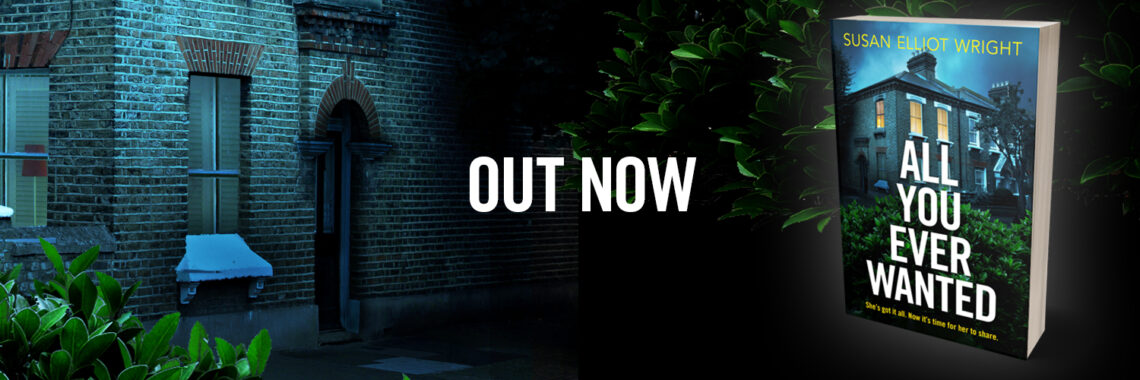How’s everyone else getting on with their New Year’s resolutions? Even if you don’t call them ‘resolutions’, it counts if you made any sort of plan of action for the new year. Last week, I publicly declared my intentions with regard to my plans for my working day in 2012, so how have I done so far? Hmm.
Write for at least two hours every morning: Well, including this one, there have been five mornings since I wrote that post. One was wiped out by a long dental appointment, and I’m taking a chunk out of this one to write the blog. (Really, I should use the afternoon for blog-writing, and I’ll attempt to do so from now on.) That leaves three, and although I hit my target on Thursday and Friday, I confess to spending Saturday morning browsing holiday cottages online. So, given that the only valid excuse was the dental appointment, I’ve had a 50% success rate (and also, of course, a 50% failure rate.) Mark: C+ -you have made some effort, but not enough -must try harder.
Resume ‘Morning Pages’ – three pages of freewriting, preferably on waking: Oh dear. I have failed dismally here; haven’t done it even once. Crazy, because when I was doing this regularly, I found it very useful. Maybe I need to start getting up earlier so I can’t use lack of time as an excuse. Mark: F – dreadful! Appalling! Abominable! Must pull your socks up!
Do all teaching preparation, reading students’ work, writing reports etc in the afternoon: Yes! Have restrained myself from trying to get these jobs ‘out of the way’ in the mornings and ending up allowing them to stretch into the whole day. This week, I’ve only had reports to write for a couple of my Open College of the Arts students, and by leaving it until after my writing session to work on them, I’ve felt that I’ve achieved a lot more by the end of the day. Mark A+ – good girl!
Restrict Twitter activity to two half-hour sessions during the working day: There have been four full days since this post, I’ve managed to stick to this on three days. On the other day, I realised that over an hour had passed with me just reading tweets and blogs, retweeting things and ‘chatting’. Twitter is a wonderful resource for writers, and the camaraderie and friendship is hugely supportive, but Twitter can gobble up a lot of time. I really intend to get to grips with this. Mark: B+ – a good effort.
Take one or two days off from writing activities each week. Use these to catch up with household stuff, and to do something nice as well: Well, I took yesterday off, did some laundry, went to the theatre to see a excellent production of Stephen Sondheim’s Company and had a Thai meal in the evening. So I think that counts. Mark: A- – good, but you didn’t do the shopping. Don’t start relaxing too much; you have a novel to write!
The Reading Bit
Just a thought this week – have you noticed that when you’re reading a novel on a Kindle, it’s quite hard to remember the title of the novel and the name of the author? This is because you’re not looking at the cover every time you pick it up. Love my Kindle, but not sure I like this aspect.
The Food Bit
As promised last week, here is the recipe for Red Kidney Bean Dahl:
1 tin kidney beans
Half a tin chopped tomatoes
1 onion, sliced
4 cloves garlic
2 green chillies
1-2 tsp tomato puree
1 tablespoon lemon juice
1/2 tsp salt
Oil for frying
Spices: 1/2 tsp each of cumin seeds and black mustard seeds, 1 tsp each of tandoori masala, turmeric, and garam masala. If you like a bit of a kick, 1/2 -1 tsp chilli powder (I’d start with 1/2 tsp!)
Put the tomatoes, chillies and garlic in a blender and whizz into a paste. Heat oil in a pan, then add the cumin and mustard seeds and cook for a few seconds, then add the onion and fry for a couple of minutes. Add the blended paste and all ingredients except the beans. Cook for a minute or so, then add the beans and about half a pint of water. Cook for about 20 minutes, stirring occasionally, and adding more water if needed. I like mine quite saucy (if you see what I mean). Serve this with some boiled basmati rice and naan bread or chapatis. There’s enough here for two if it’s the main dish, but we sometimes freeze it in smaller quantities and have it with, perhaps, a spinach and potato or green pepper and potato curry.
For more about me and my work, check out my website: https://susanelliotwright.co.uk
